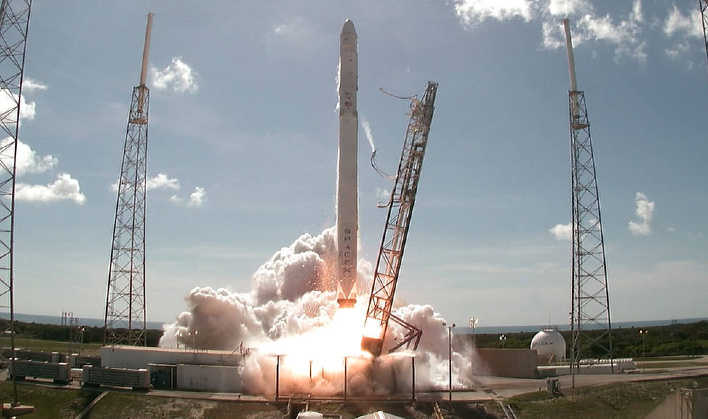Watch SpaceX's Out-Of-Control Falcon 9 Booster Live On A Lunar Collision Course

NASA recently announced that the International Space Station (ISS) has been funded through the rest of this decade. However, NASA will be transitioning its Low-Earth Orbiting (LEO) mission capabilities to one or more commercially-owned and operated LEO destinations that will go beyond 2030 and will see the end of life for ISS. Once ISS has fulfilled its last obligation, it will re-enter the Earth's atmosphere and plunge into the South Pacific. While that collision is still nearly a decade away, you can watch as the second stage of a SpaceX Falcon 9 rocket will be viewable for the last time as it makes its way to the dark side of the Moon for impact.
The Virtual Telescope Project 2.0 will be broadcasting the last chance to view the second stage before it collides with the Moon in early March. Gianluca Masi stated in a release, "We will show this manmade object (official IDs: 2015-007B = NORAD 40391) in real-time when it will be visible from Earth for the last time, before its final trajectory to the Moon, where it will impact on 4 March, at 12:25:58 UTC."
This is first time a manmade object will unintentionally crash into the Moon's surface. NASA deliberately impacted a spent rocket upper stage into the Moon in 2009. Its intended purpose was to collect data and observations about the impact crater, as scientists are eager to learn more about the presence of ice at the lunar poles. They are hoping that the impact that will take place next month will give them additional data that could prove useful as well.
When Hot Hardware last reported on this, the second stage of the Falcon 9 was too close to the Sun to be observed from Earth. But it will be making its last close flyby of Earth's nightside today and can be seen via a live broadcast on The Virtual Telescope Project's YouTube channel. The actual impact will not be viewable, since it will take place on the far side of Moon.

